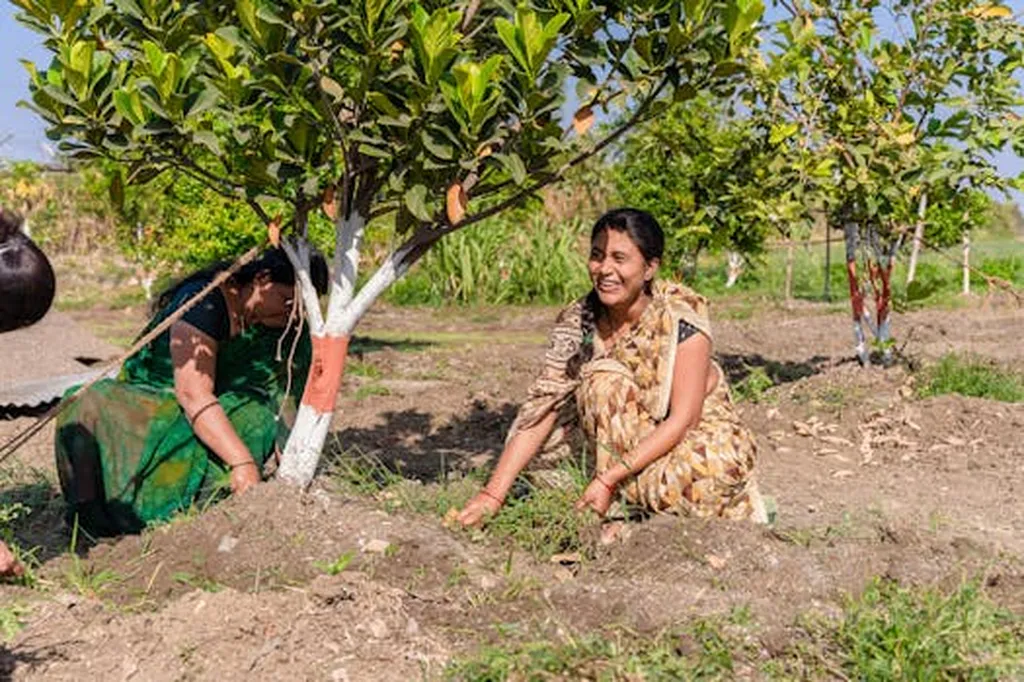In the heart of India’s burgeoning agritech scene, a groundbreaking study led by Shyamal Mundada from the Department of Computer Science and Engineering at the Indian Institute of Information Technology is set to revolutionize precision farming. The research, published in the esteemed journal ‘Scientific Reports’ (translated as ‘Scientific Reports’), focuses on predicting soil organic carbon using ensemble learning techniques and satellite images, offering a promising tool for farmers and the agricultural industry.
Soil organic carbon is a critical component of soil health, influencing everything from nutrient availability to water retention. Accurate prediction of this parameter can empower farmers to make informed decisions about fertilizer application, ultimately enhancing crop yield and sustainability. Mundada and his team have harnessed the power of machine learning algorithms to create a robust system for evaluating soil organic carbon based on topographic features, soil properties, and climate variables derived from satellite images.
The study employed a range of predictor variables, including topographical data, remote sensing indices, and climate variables, along with soil health card data as the dependent variable for model training. The researchers found that ensemble learning techniques, particularly bagging and boosting, showed promising results. “The XGBoost algorithm demonstrated exceptional performance with an R2 value of 0.95 and a remarkably low RMSE of 0.03 during training,” Mundada explained. “However, we noticed a significant drop in performance during testing, indicating the need for further refinement.”
The study also explored the stacking method, which proved effective in mitigating overfitting issues. While the stacking method showed lower R2 values compared to XGBoost and Random Forest, it maintained consistent RMSE and sMAPE values across training and testing datasets. This consistency suggests a more reliable prediction model, crucial for real-world agricultural applications.
The implications of this research extend beyond the farm gates. For the energy sector, understanding soil organic carbon levels can inform bioenergy crop selection and management, optimizing land use for sustainable energy production. “This system will assist farmers in making precise decisions about fertilizer application, which will not only increase crop yield but also contribute to sustainable agriculture practices,” Mundada added.
The integration of machine learning techniques with remote sensing data opens new avenues for developing decision support systems in precision farming. As the agricultural industry continues to embrace digital transformation, such innovations will play a pivotal role in shaping the future of sustainable and efficient farming practices. Mundada’s research is a testament to the potential of agritech in driving agricultural advancements and contributing to global food security.

